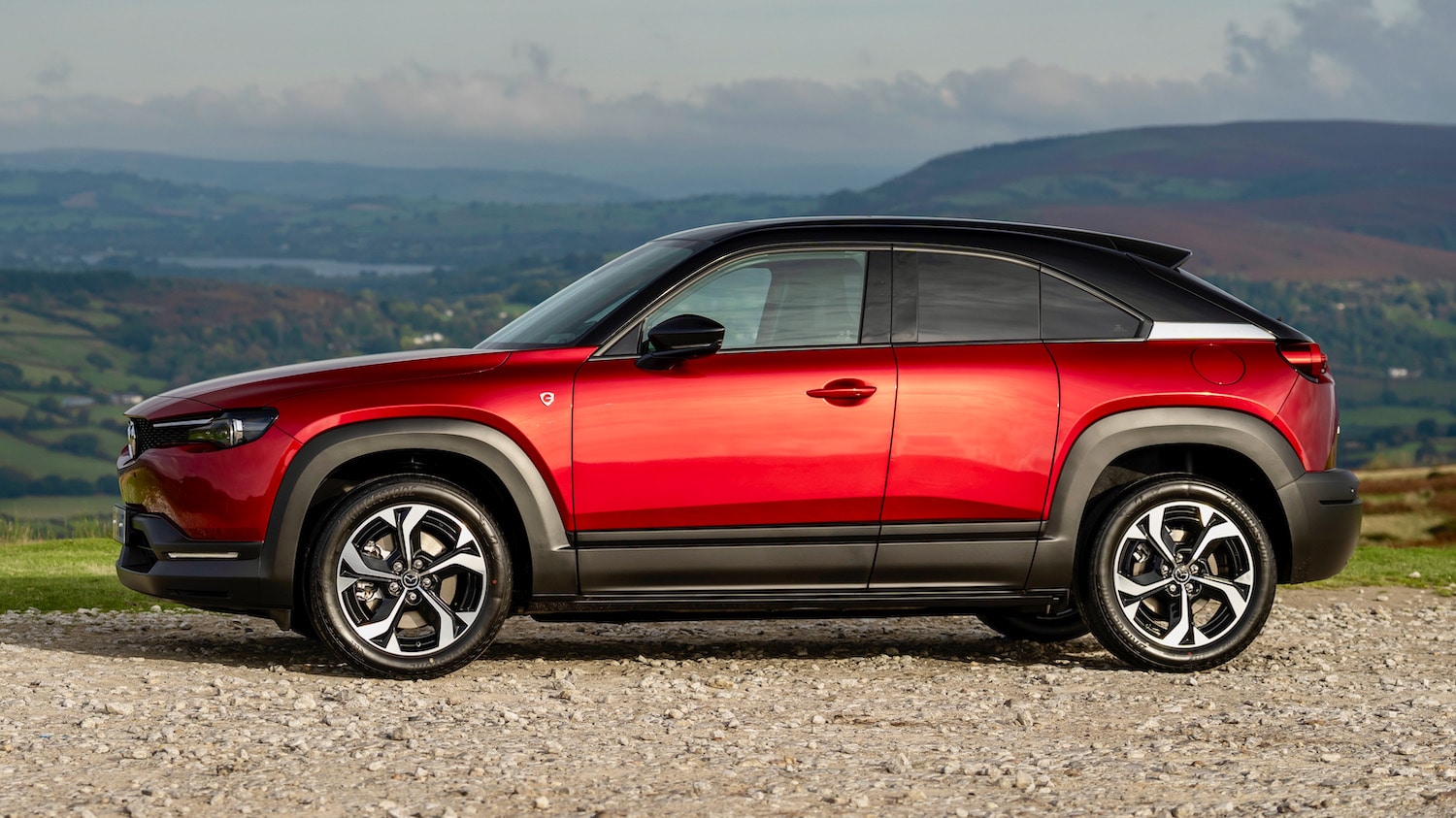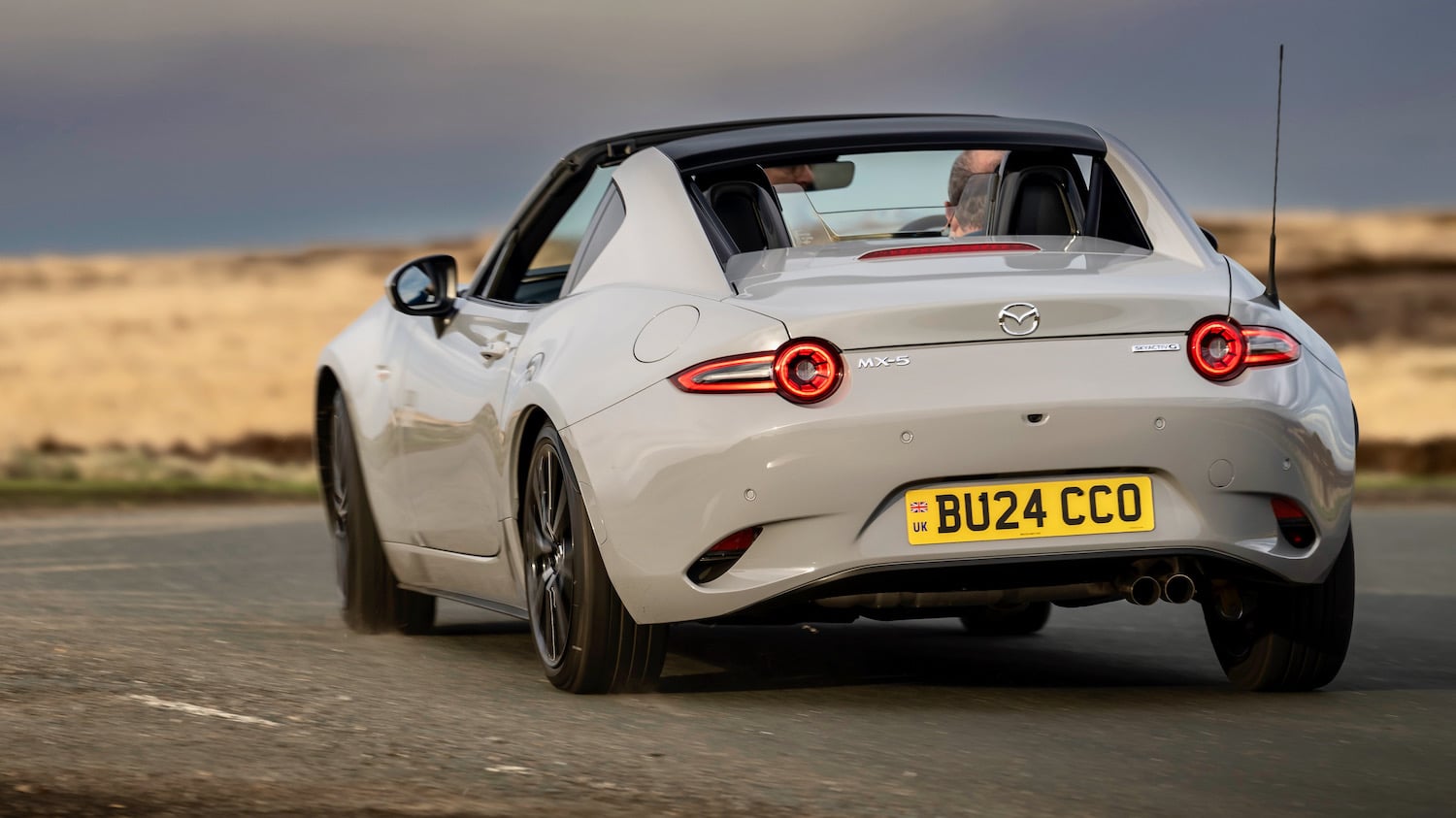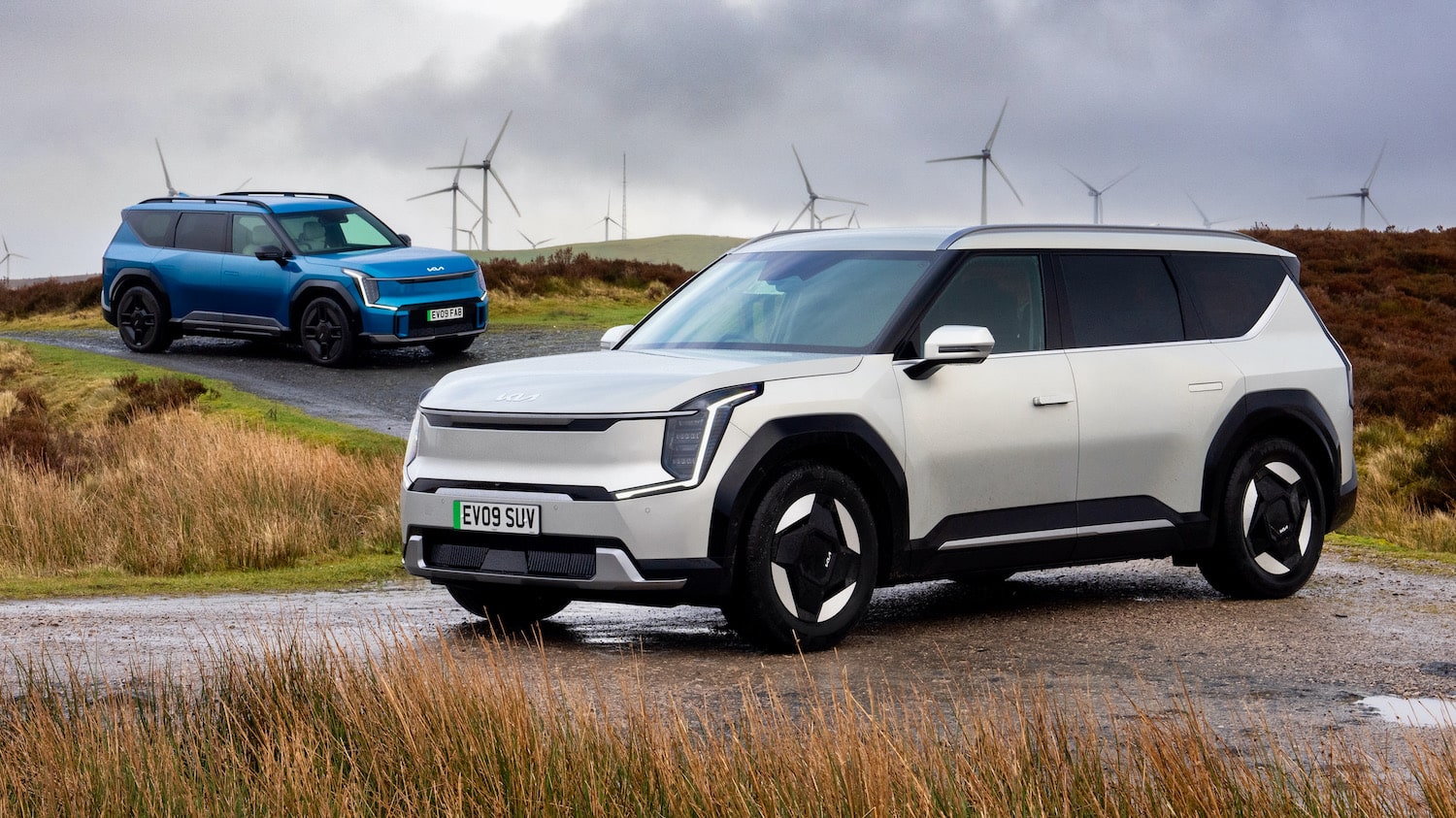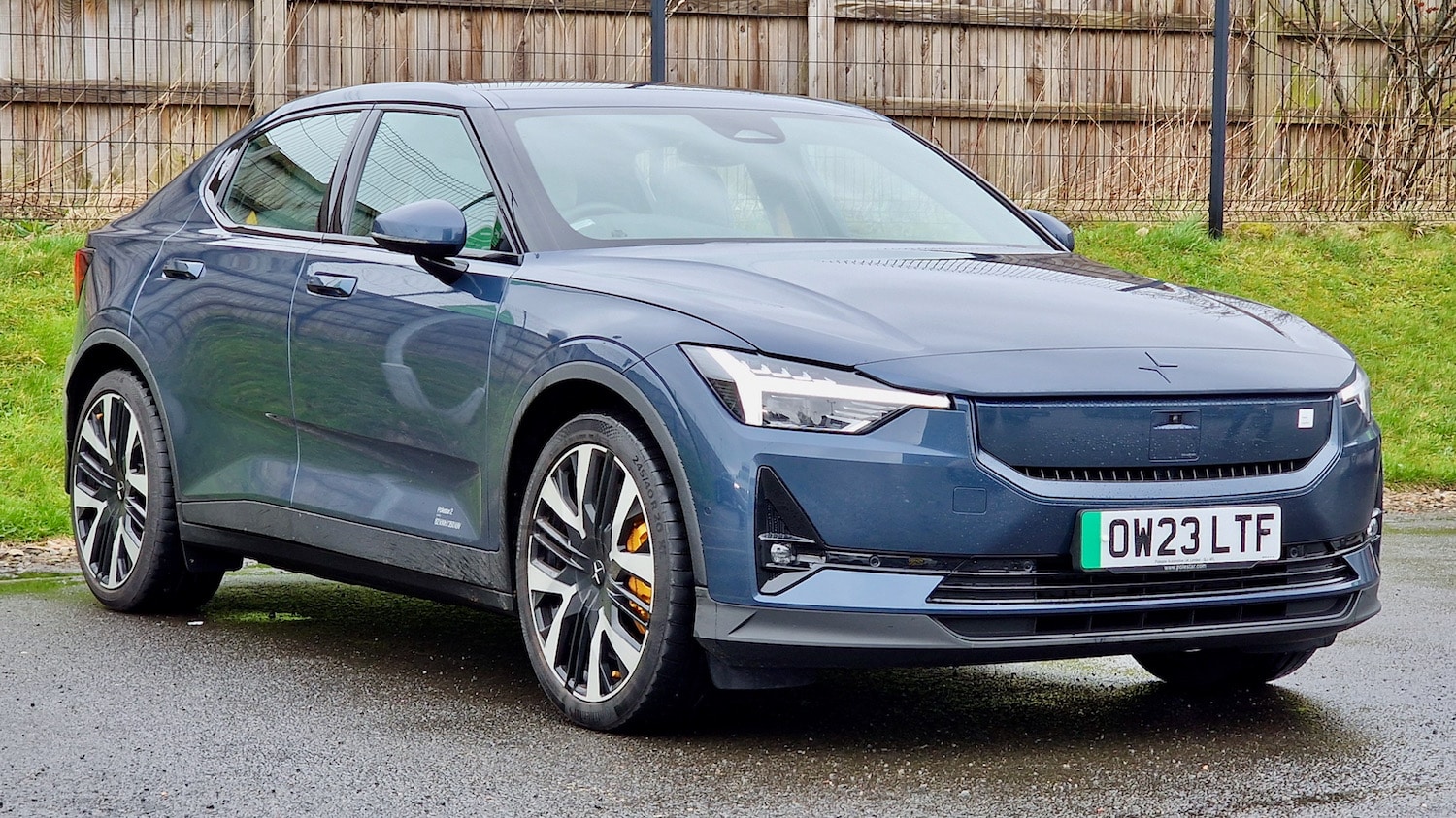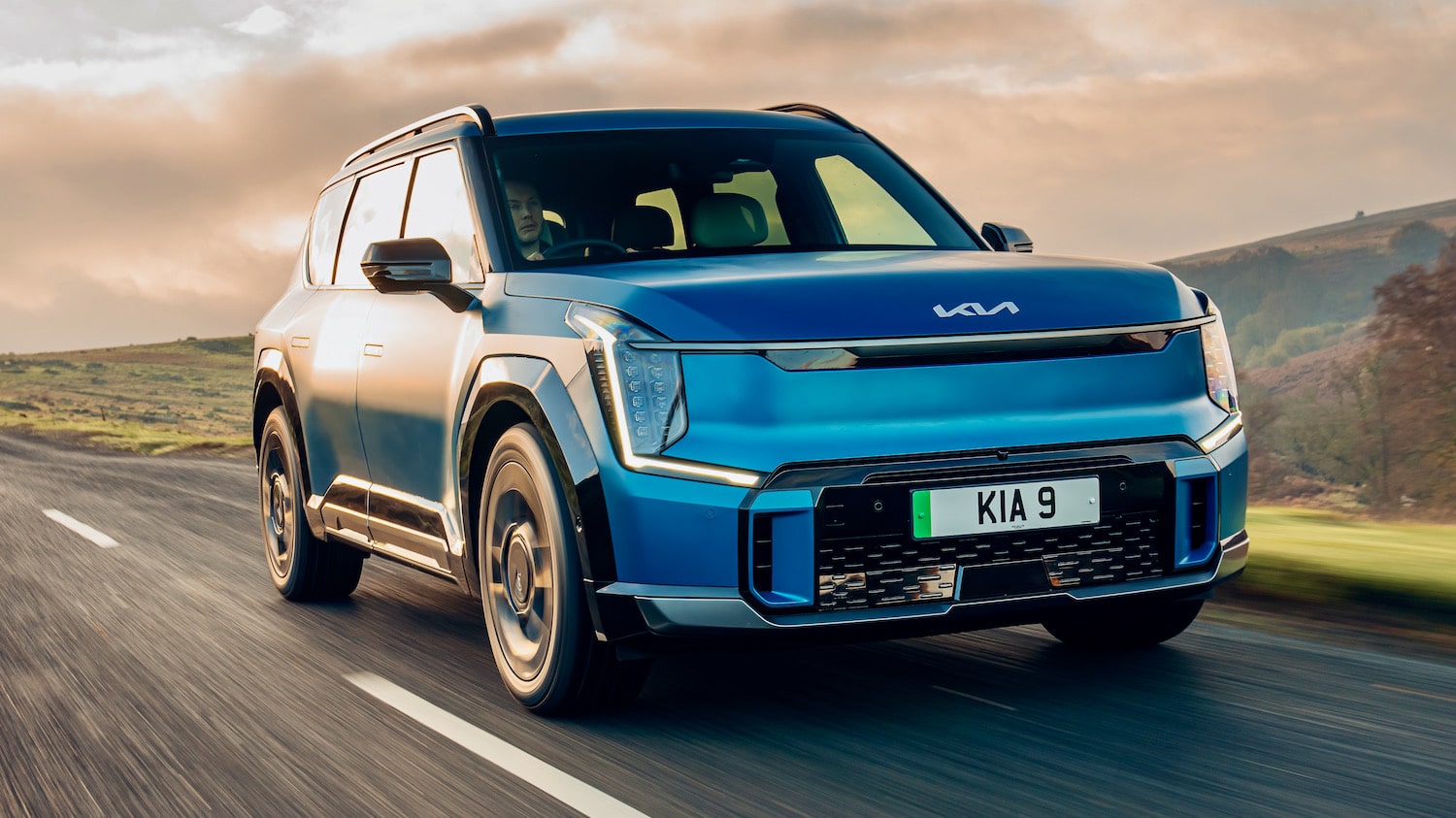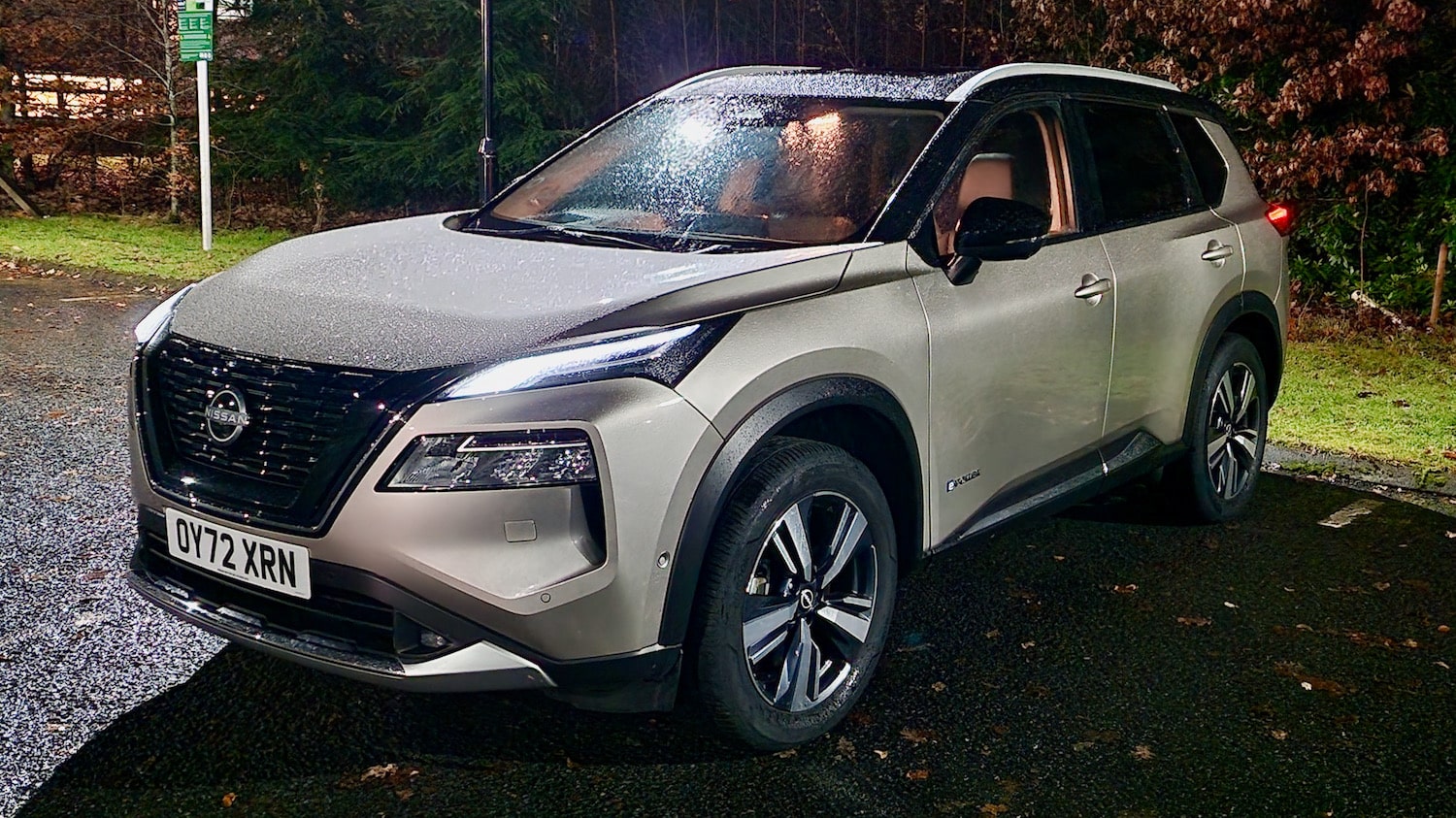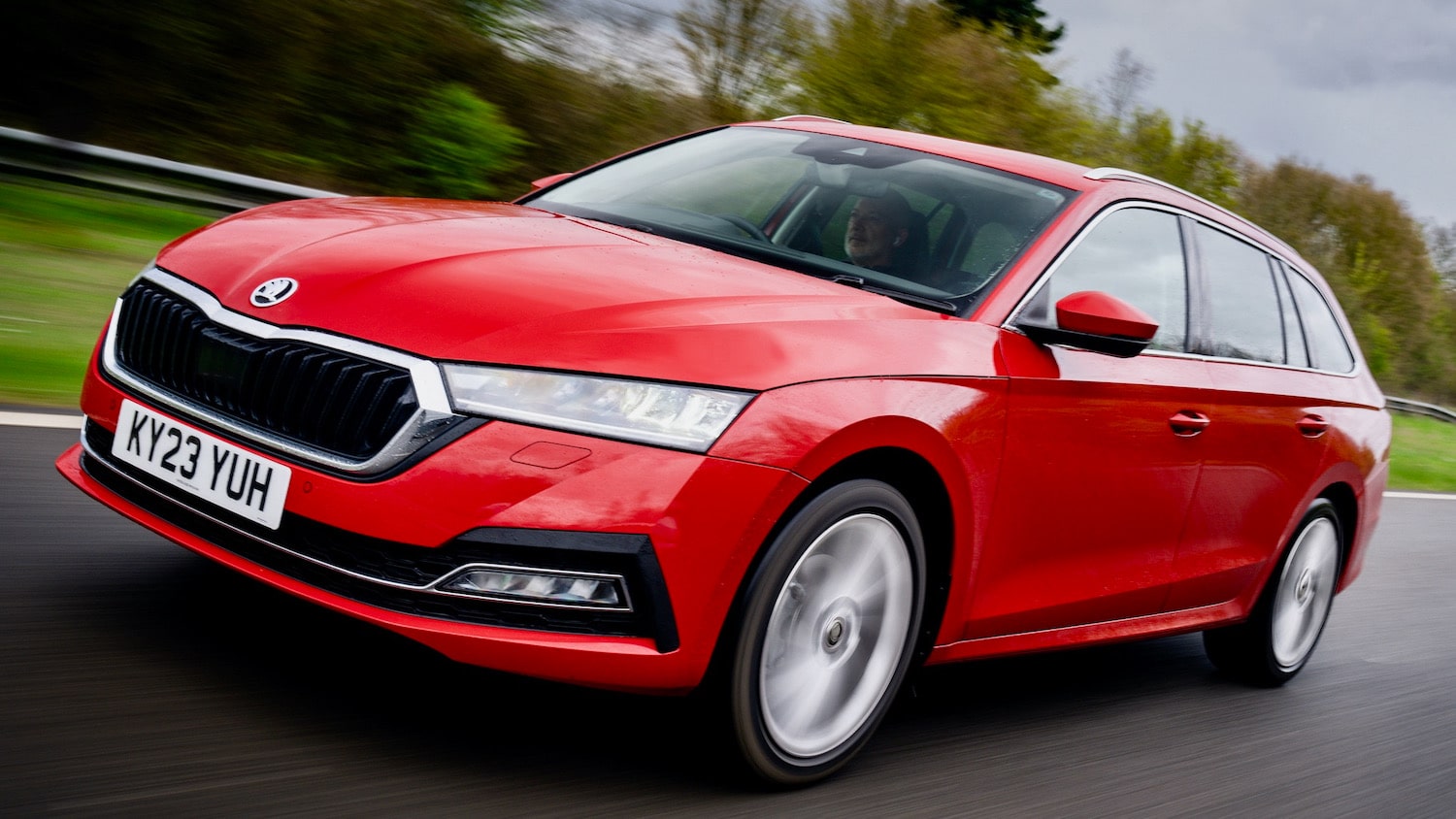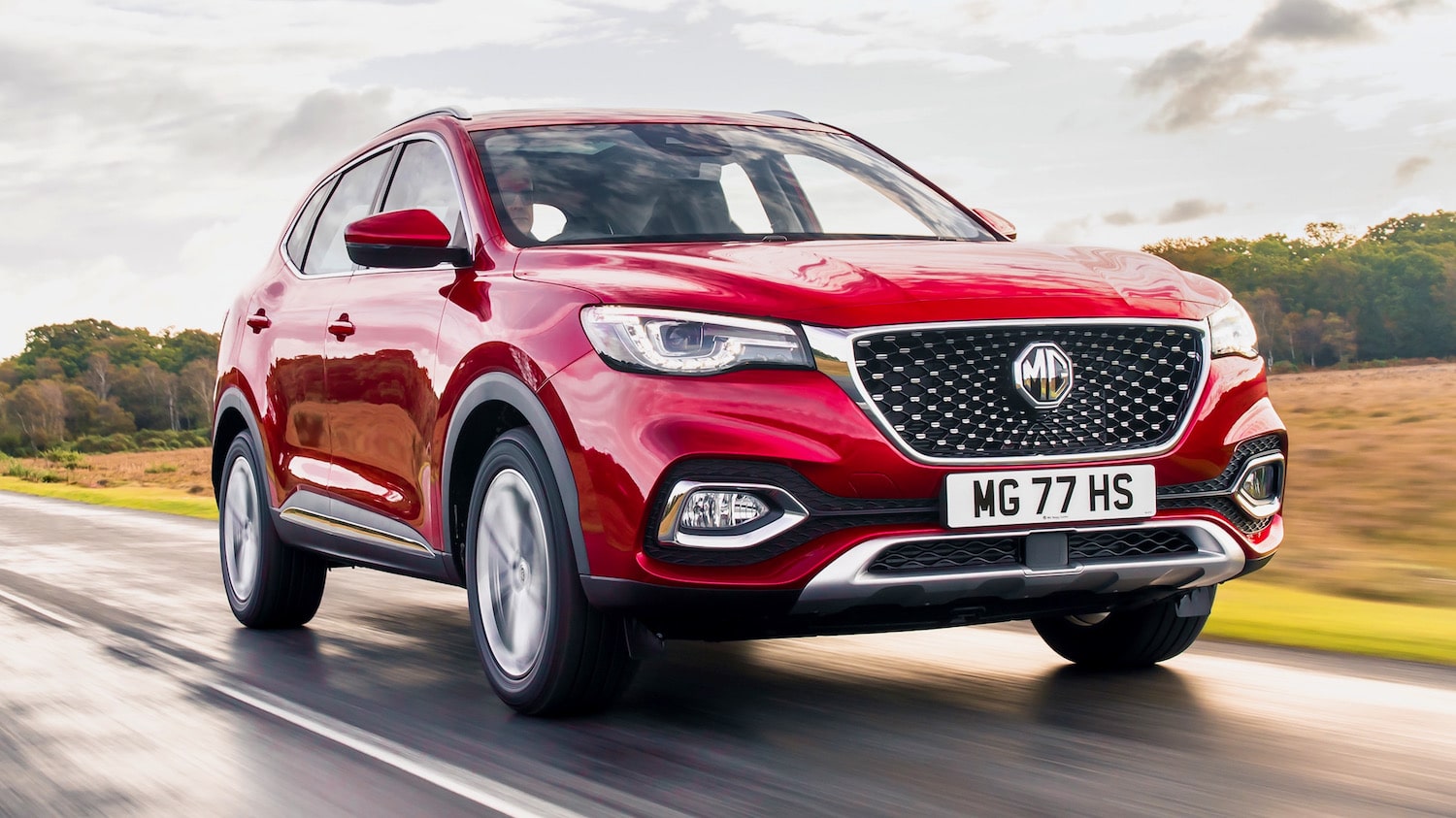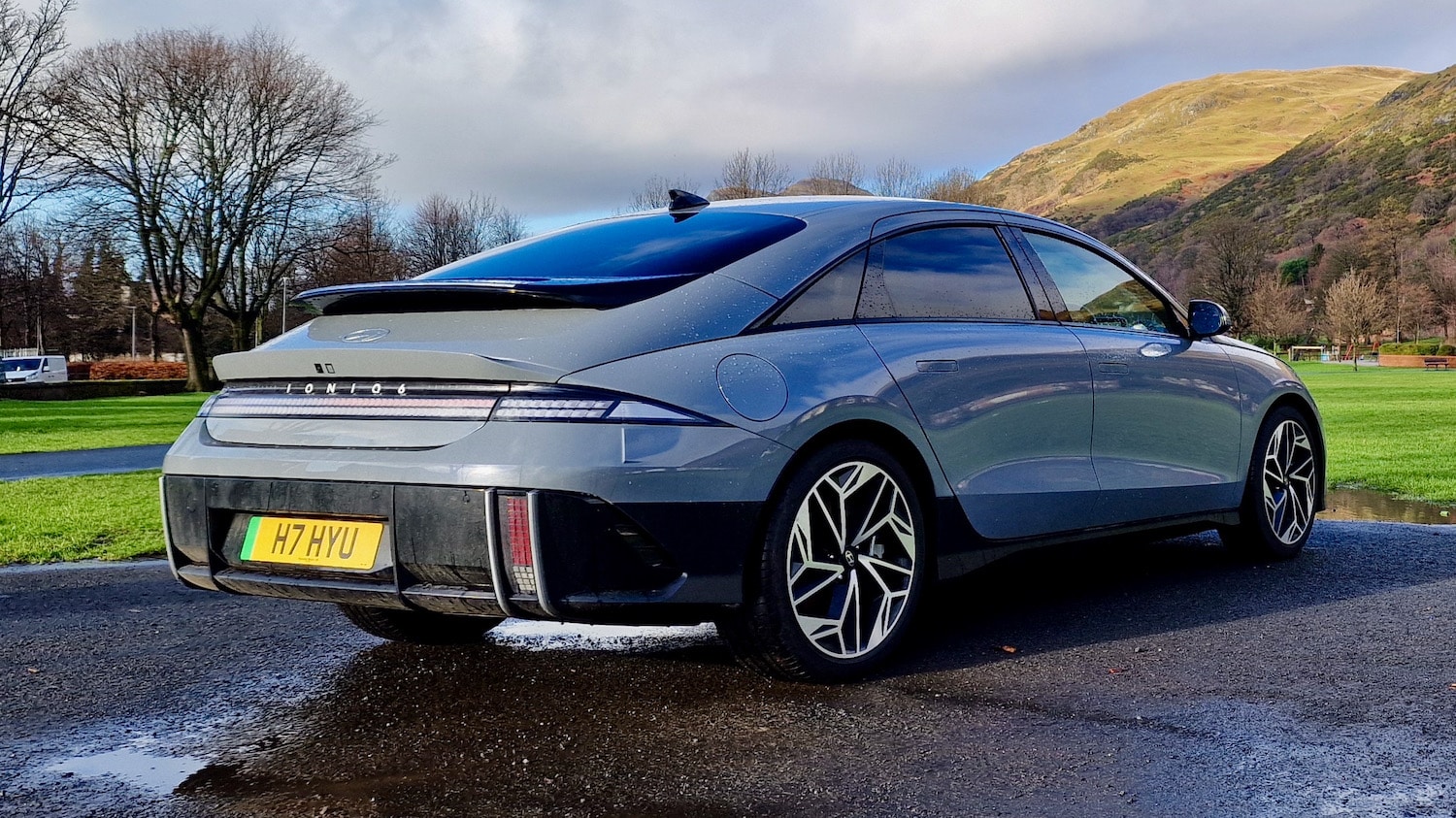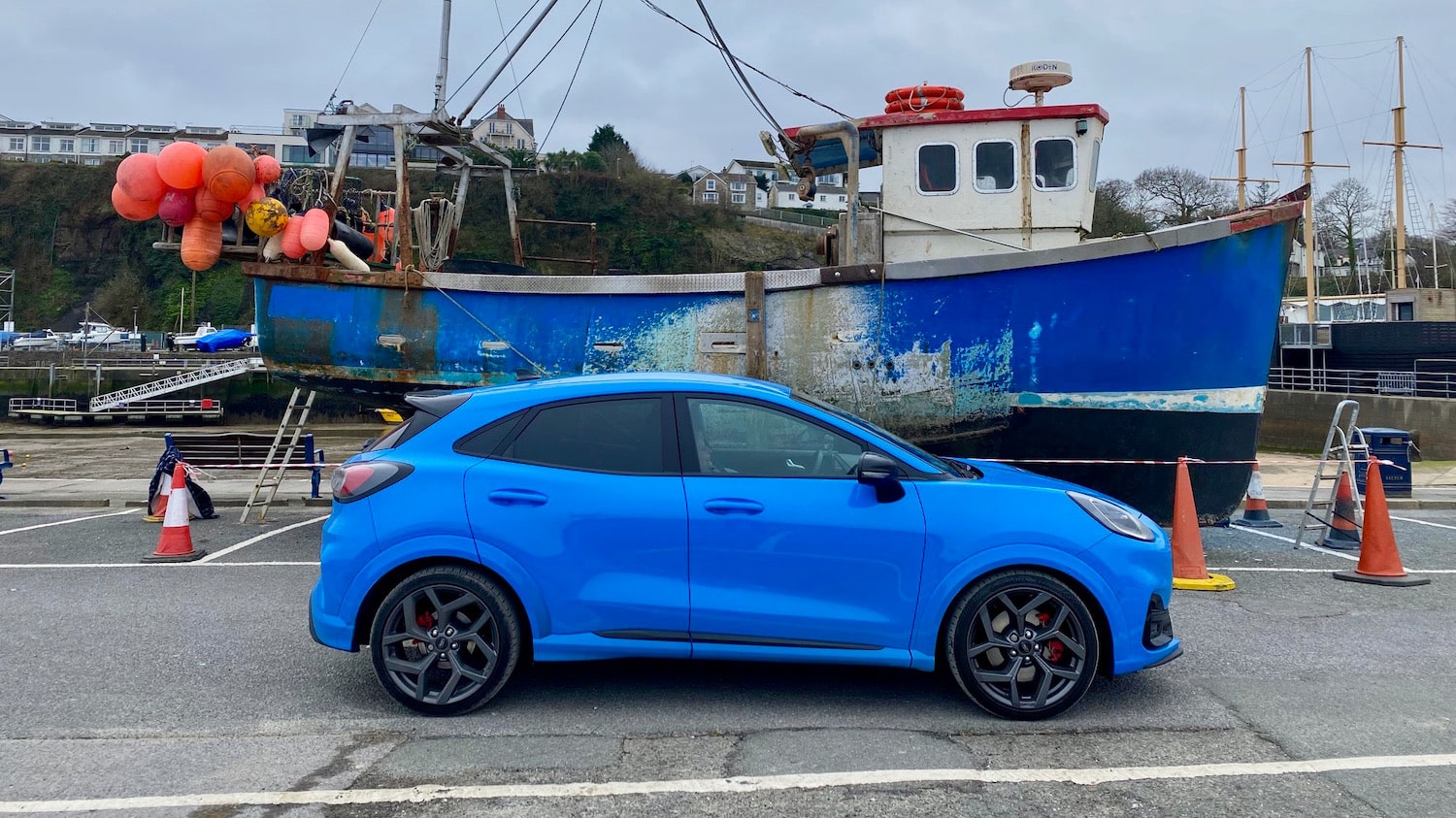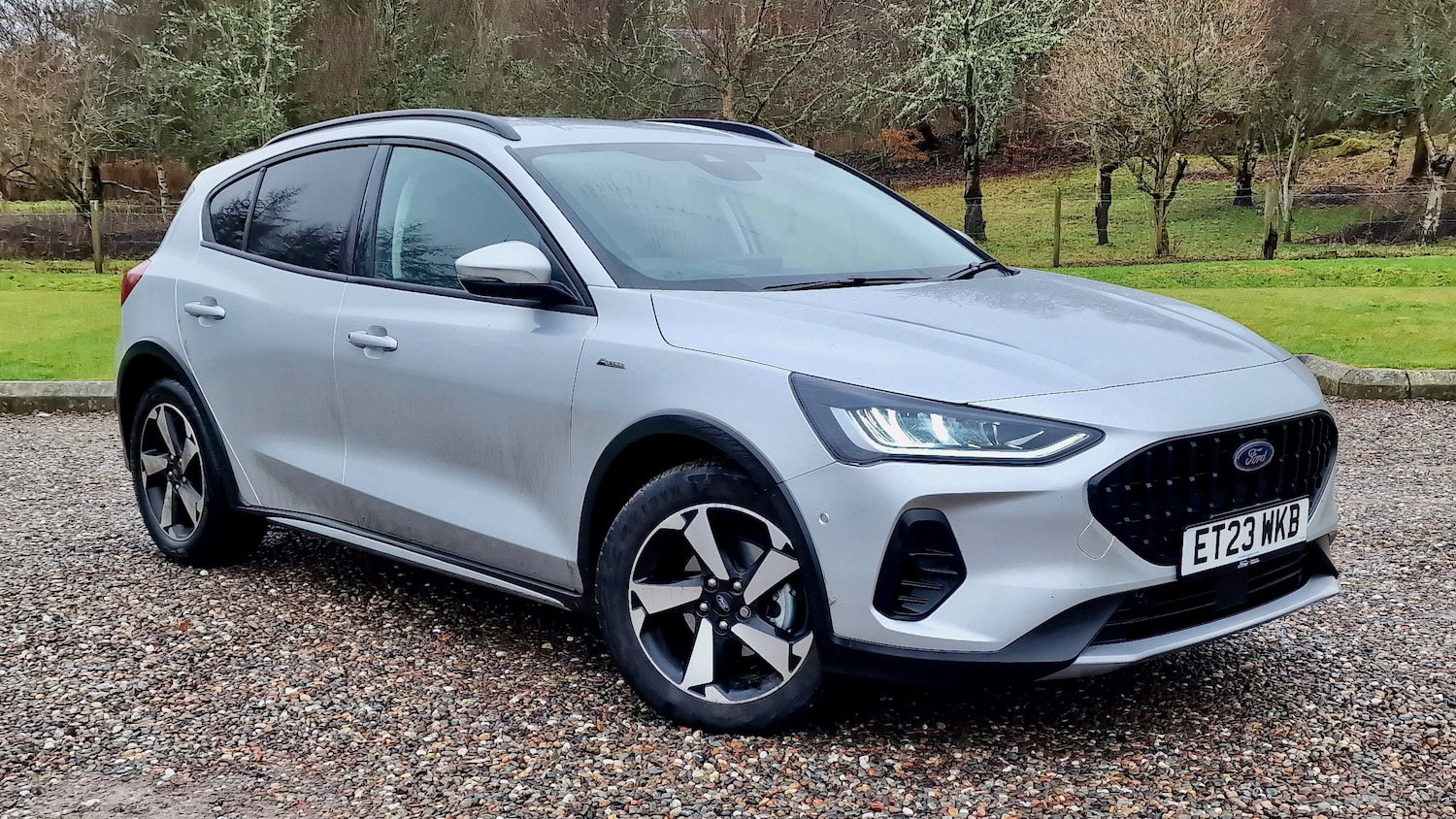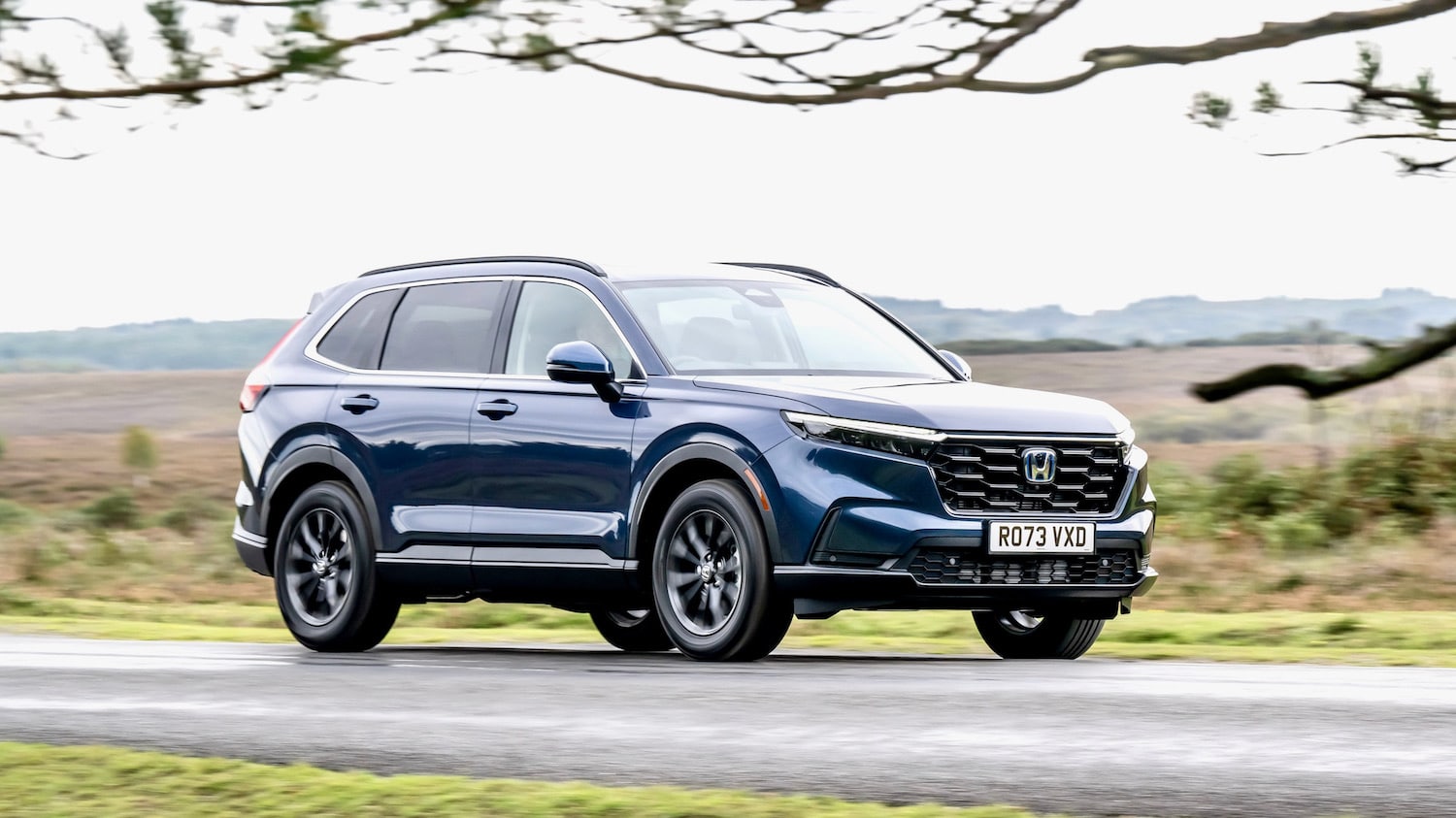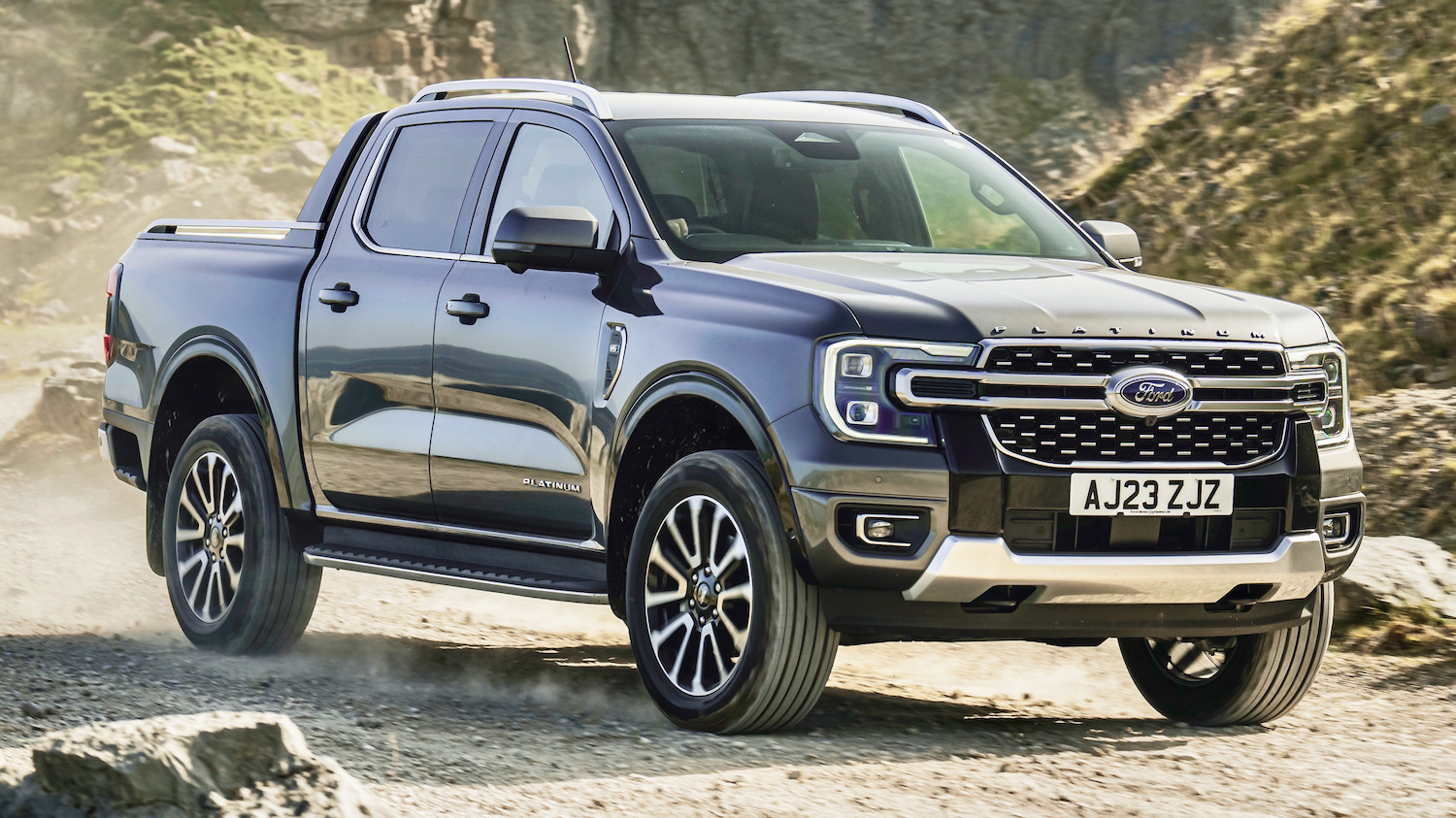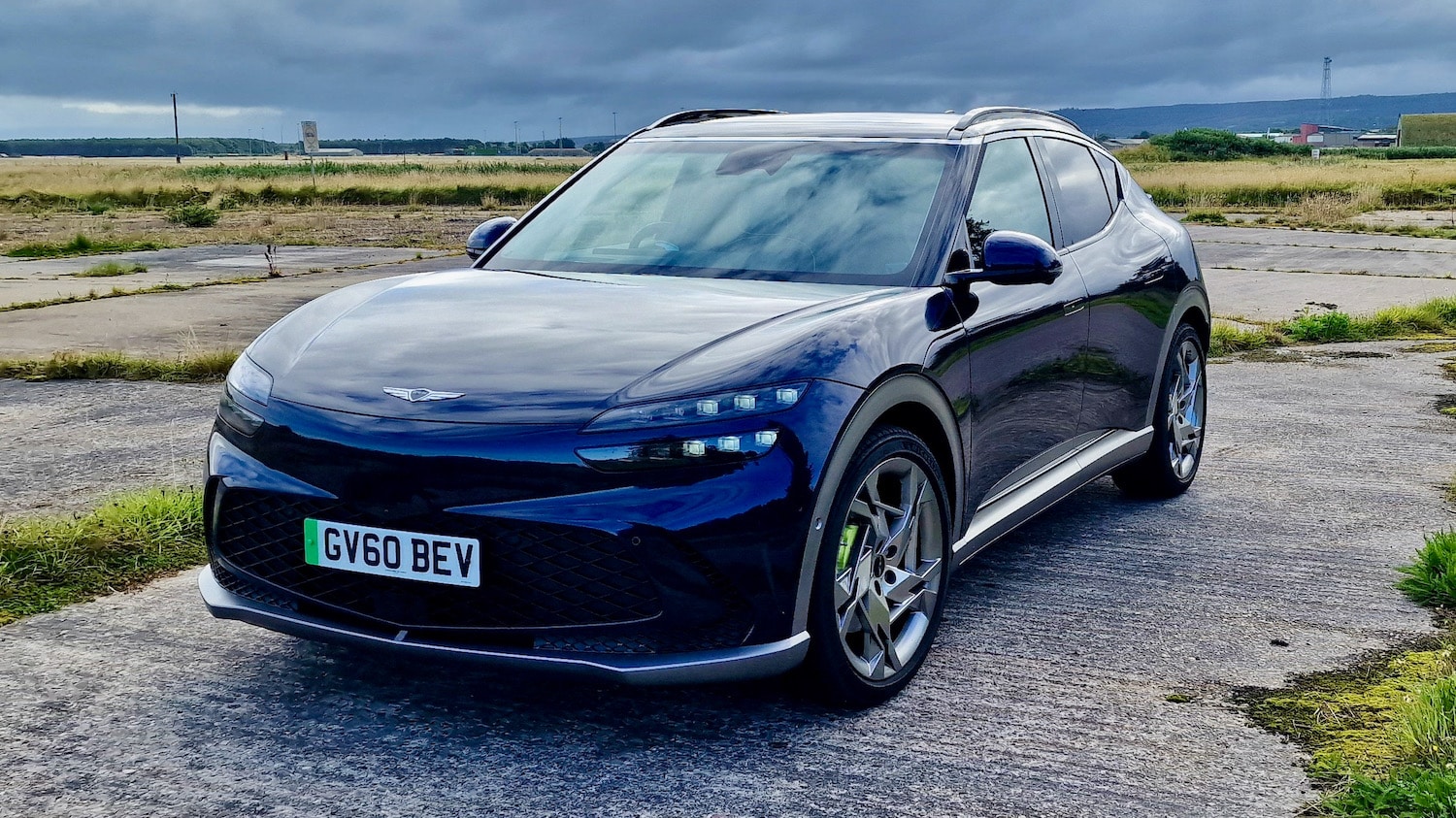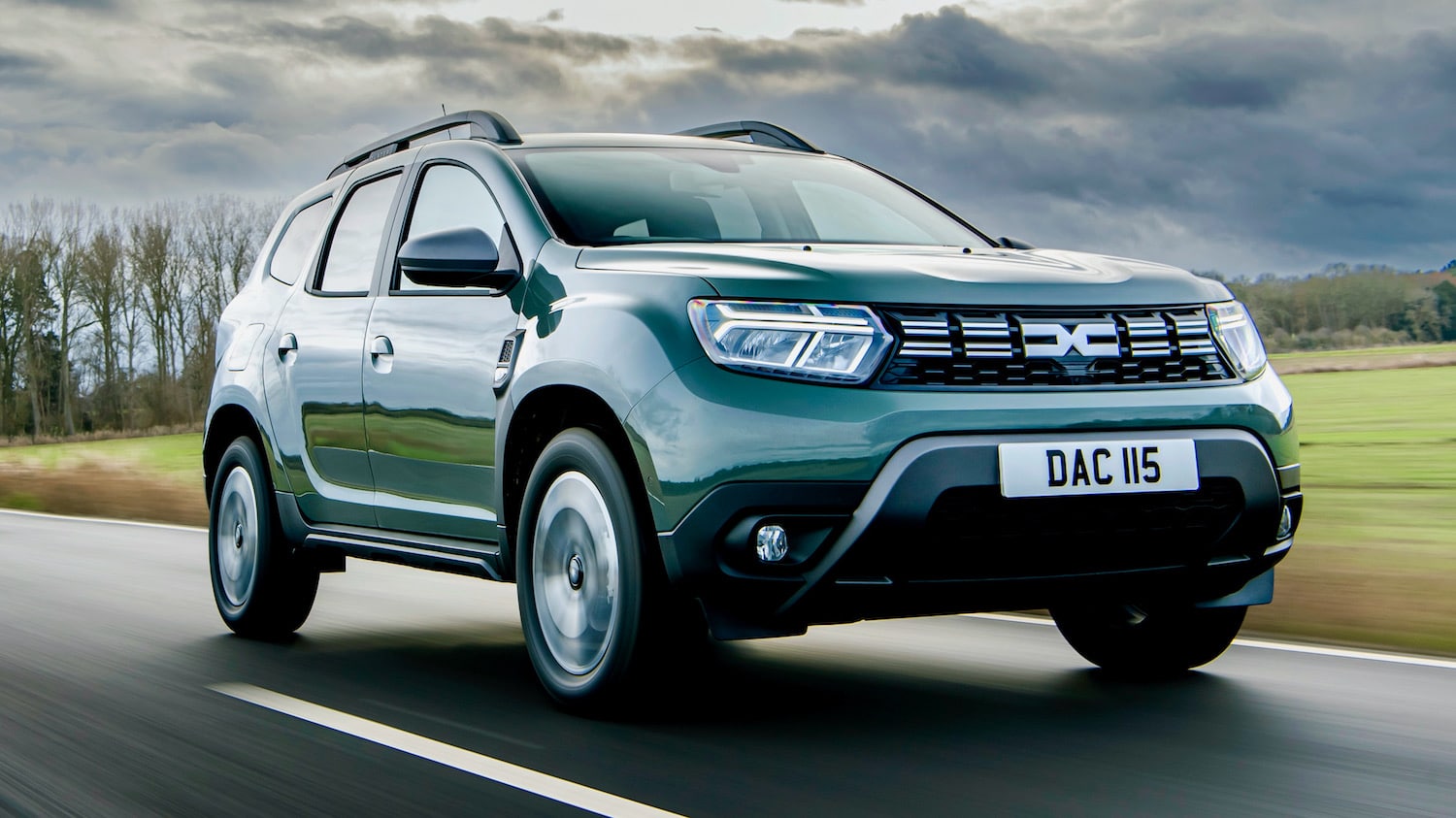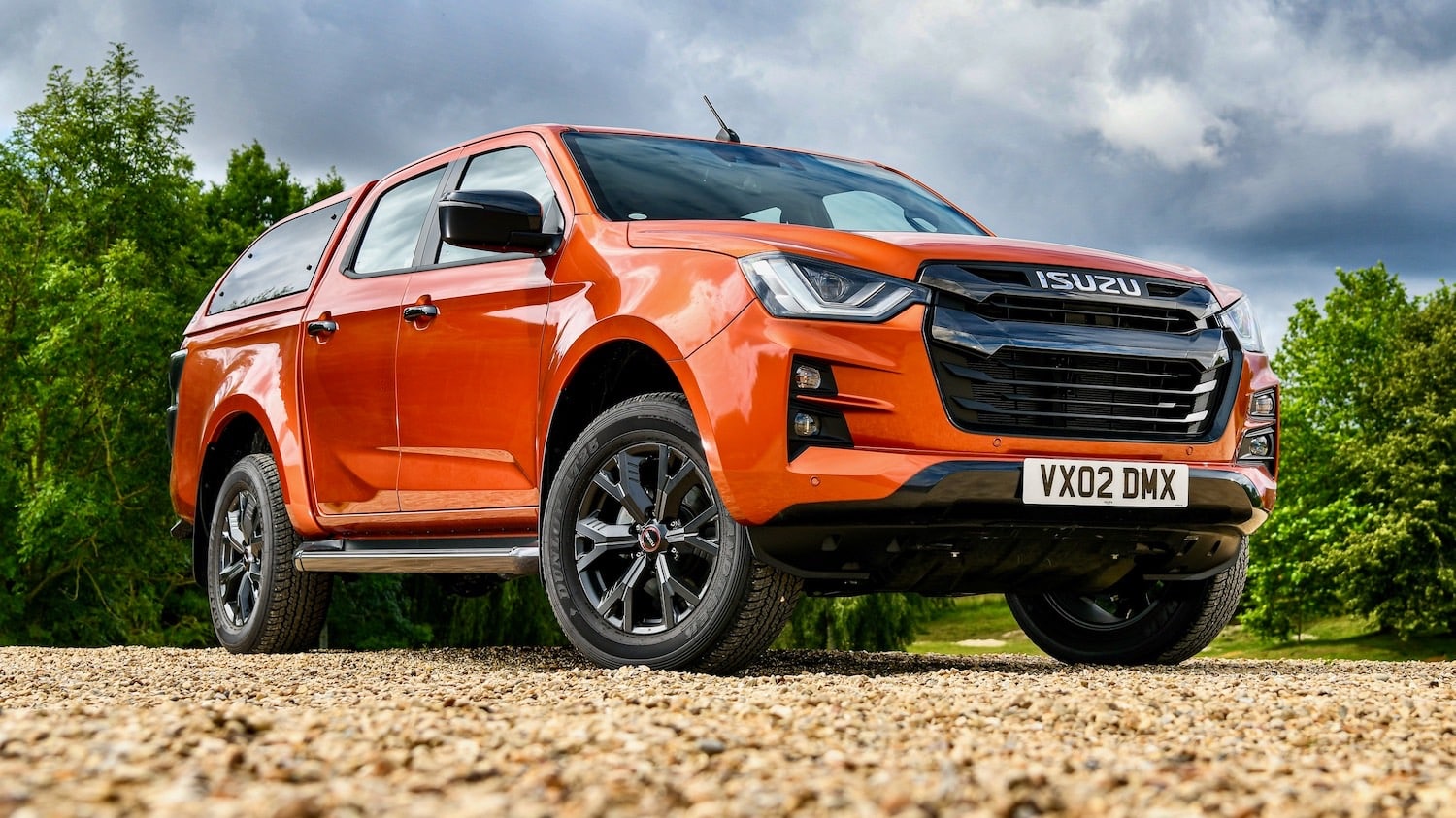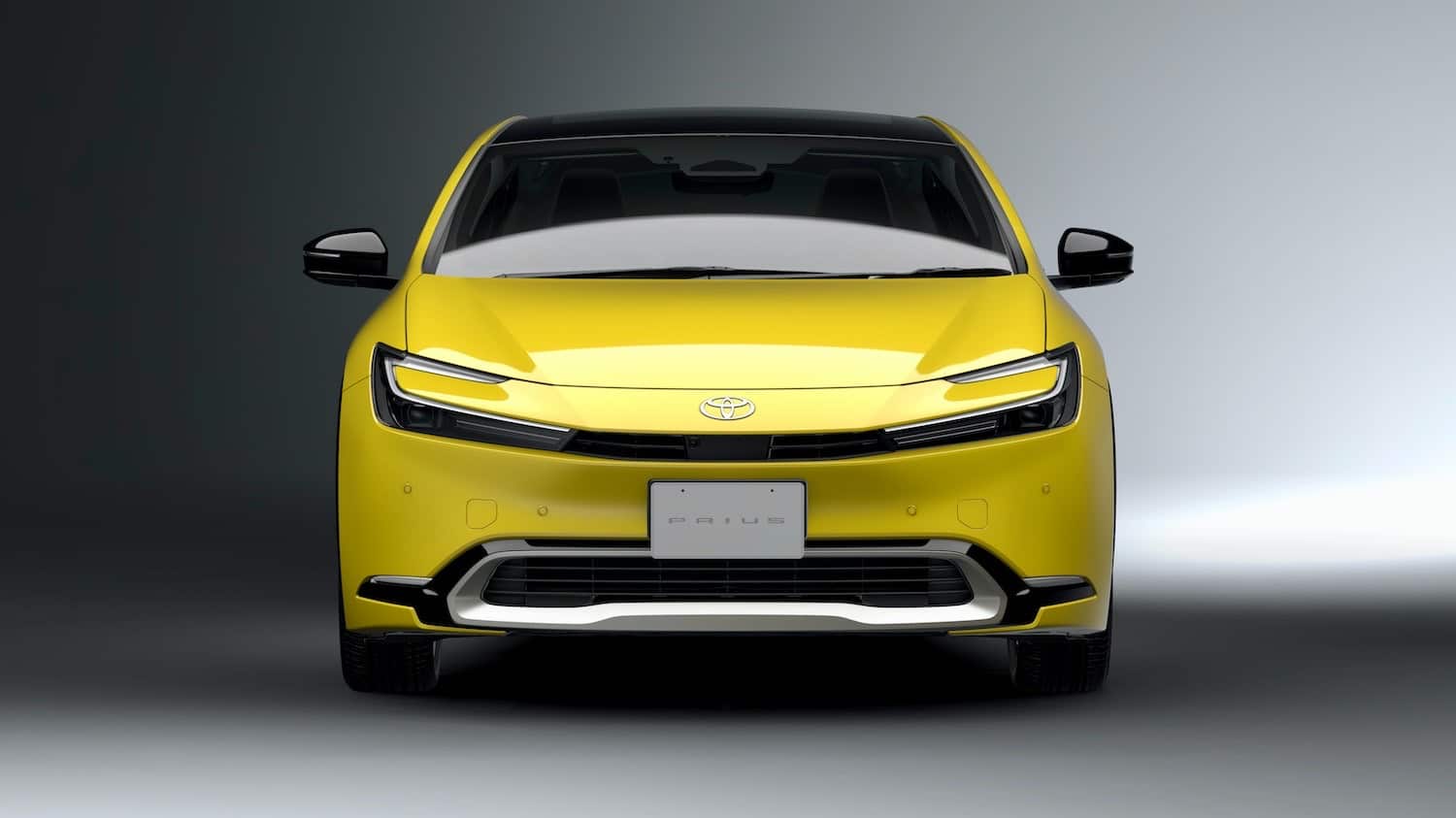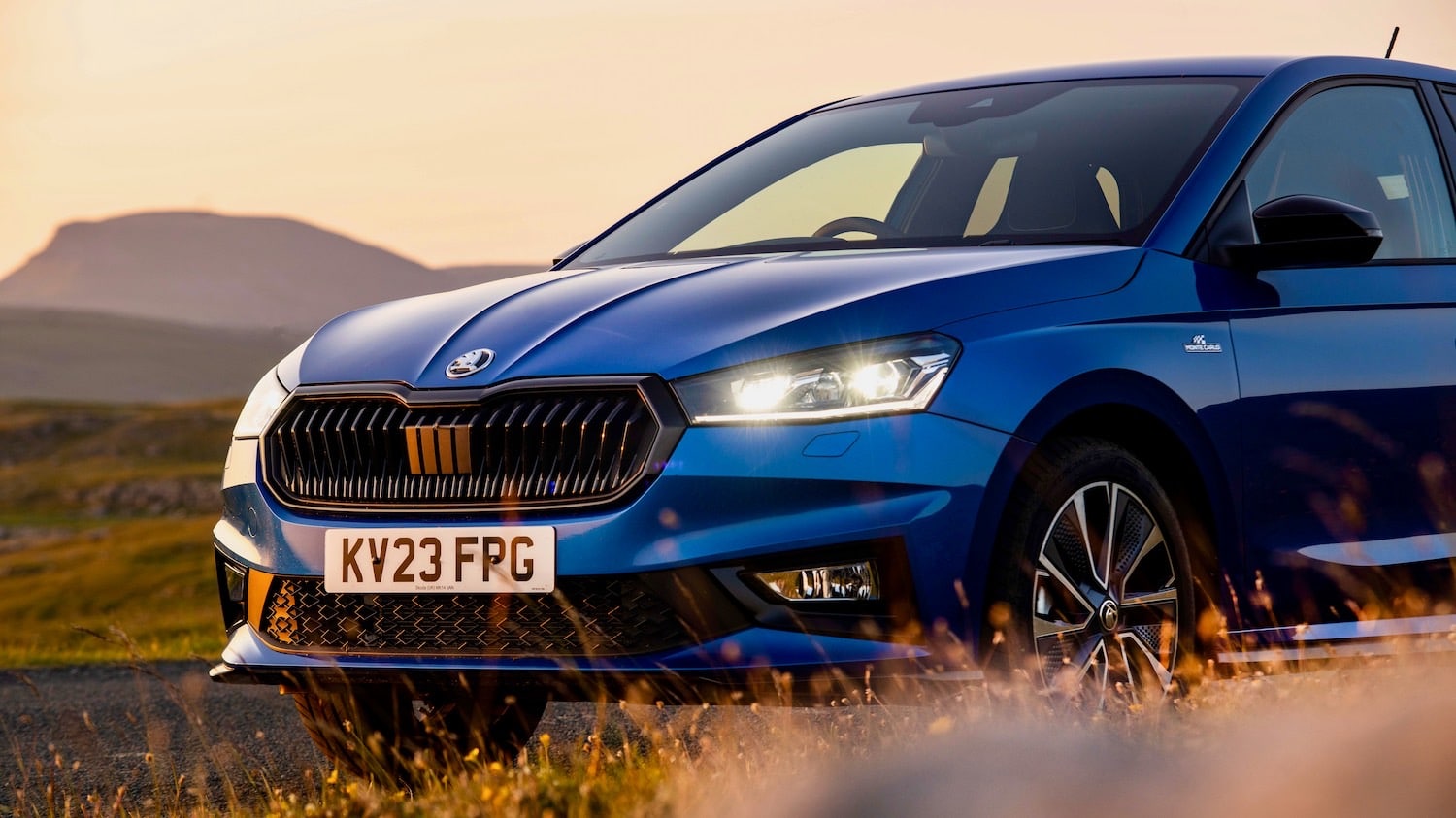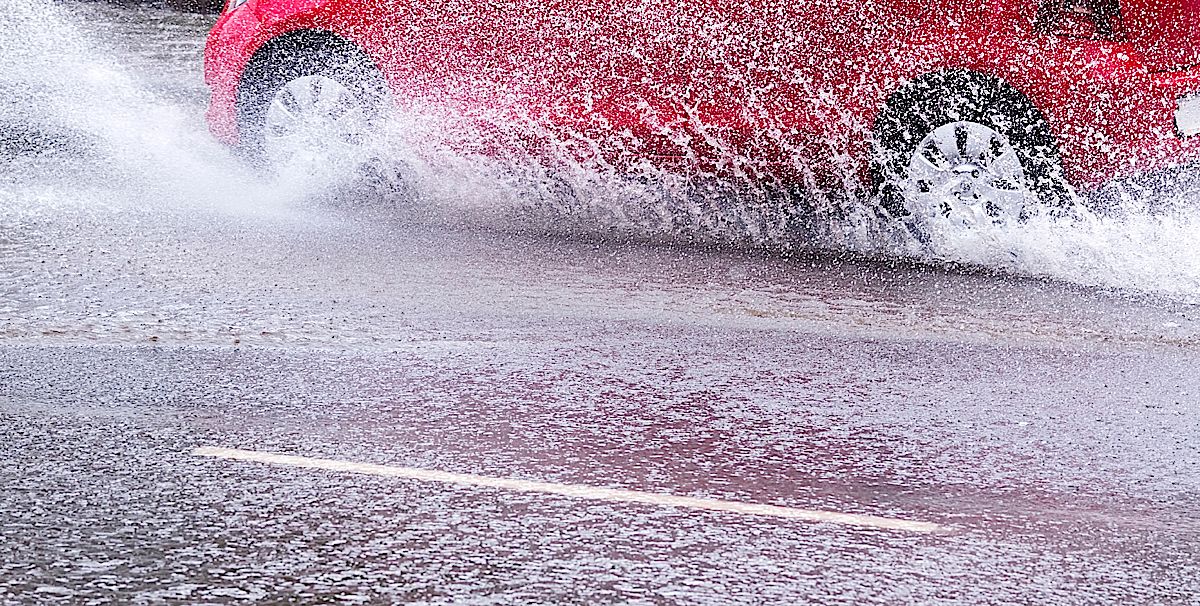As the UK’s weather slowly deteriorates even more this week, the IAM has released their safety advice on driving safely in the coming floods and storms
The Road safety charity the IAM, offering advice from Britain’s top advanced driver, Peter Rodger. With the severe weather warnings in place throughout the UK. He offers tips and advice on driving in storms and floods over the coming days, keep safe in the storms.
IAM chief examiner Peter Rodger said: “A suddenly very wet road surface increases the chances of slipping when braking or steering, which is a problem not just for motorists, but cyclists and motorcyclists too.”
“When driving in wet conditions remember that stopping distances will increase, and visibility will be reduced. Drop your speed and give yourself more time to slow down.”
In cases of severe flooding, you should reconsider making the journey at all. If it is unavoidable, and you have to drive through deep water, the IAM recommends drivers take the following precautions:
- Drive on the highest section of the road and don’t set off if a vehicle is approaching you
- Leave time and space to avoid swamping other cars and pedestrians
- Drive slowly and keep going once you have started – make sure you have a clear run. In a manual car, keep the revs high by “slipping the clutch” (which means the clutch is not fully engaged) all the time you are in the water
- If you can’t see where you are going to come out of the water, such as when approaching flooding on a bend, think twice about starting to drive into it
- In deep water never take your foot off the accelerator, as this could allow water to travel up the exhaust pipe
- Once you’re out of the water, dry the brakes before you need them. The best way is to lightly apply the brake as you drive along for a few seconds, after checking nothing is following you too closely.
In the wind
- Strong winds can also unsettle your car and even change your direction of travel. Grip your steering wheel firmly and also be ready for the effects of the wind on other road users, particularly motorcyclists and flat-sided vehicles like lorries.
- Plan your journey – is there a route with less exposure to the weather and less risk of fallen trees? Choose a sheltered route if you have the option.
- Strong winds are not constant, they are usually gusty so ensure you hold the steering wheel firmly.
- Overtaking high sided vehicles or driving past buildings can result in a sudden gust from the side as you clear.
- Give cyclists, motorcyclists, lorries and buses more room than usual. They get blown around by side winds easily. Even pedestrians can be blown about.
- Watch trees and bushes on the roadside – their branches can show you how strong the wind is. Look well ahead, that way you don’t need to take your eye off the road and you can see any windy patches before you get to them.
- Go slow enough to cope with the gusts. Wind can get under a car and reduce its handling and braking significantly.
- Keep an eye on what is happening to other vehicles – where they are affected will give you a pre warning.
- Go slowly enough to cope with the tree that has fallen right across the road, just round the bend where you can’t see it.
- Be careful of debris, try and have space beside you in case you need to dodge it.
In the rain
- Before you set off, set your heater controls – rain can makes the windows mist up in seconds. You don’t want to be fiddling with controls when you should be concentrating on the road.
- See and be seen. Put your lights on – as a rule of thumb, whenever you need to use your wipers you should also turn your dipped headlights on, and before overtaking put your wipers on their fastest setting.
- Keep your eyes on the road ahead and plan your driving so that you can brake, accelerate and steer smoothly – harsh manoeuvres will unbalance the car.
- Slow down. In the rain stopping distance is at least doubled. Giving yourself more space also helps to avoid spray, especially when following a large vehicle.
- If you have cruise control, avoid using it on wet roads – you need to pay more attention to the road surface conditions and alter your speed gently.
Share This Safety Advice from the IAM
